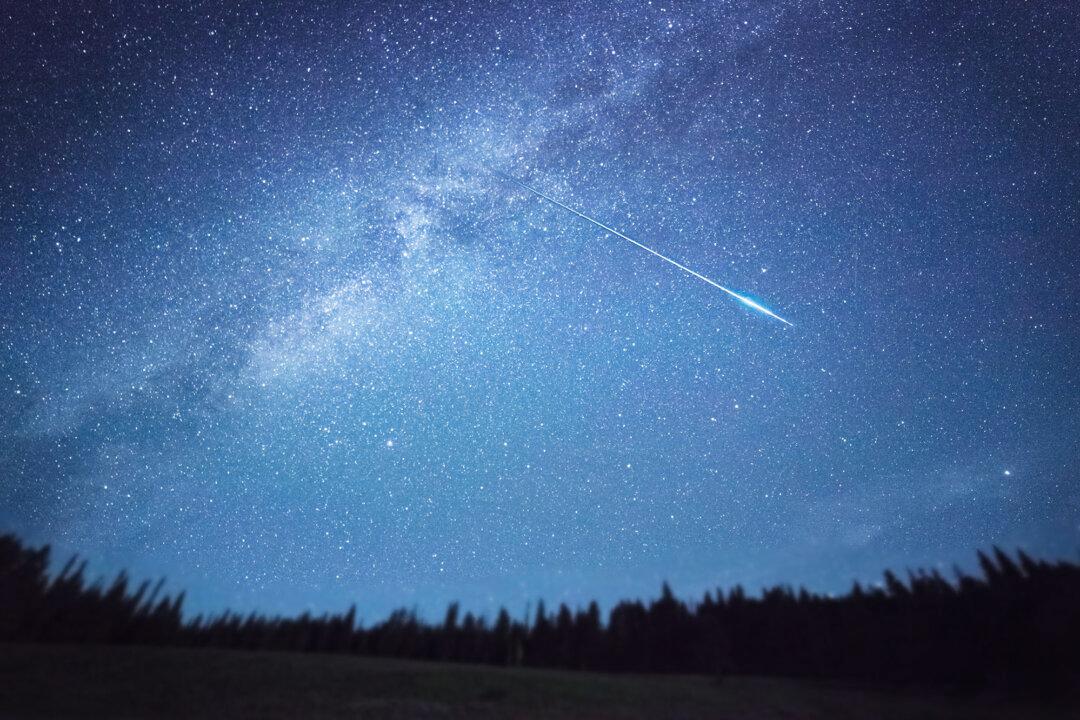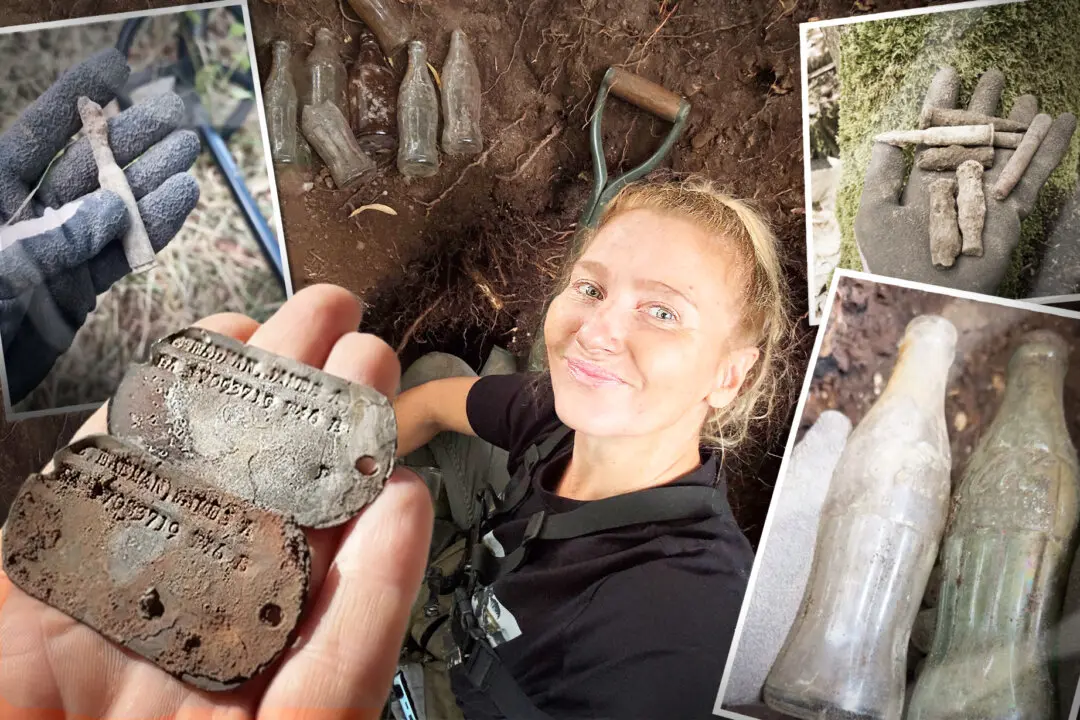They fell like fiery rain from the heavens for all of 15 sublime minutes after they arrived on the coattails of a comet and swarmed the Earth, numbering in the tens of thousands. In November 1966, the now-famed Leonid meteor shower displayed its awesome capacity to dazzle onlookers with its recurring meteor storms every 33 years.
This November, the Leonids won’t be one of these periodic big storms, but they’ll return as they annually do and radiate from constellation Leo the Lion. Unless history has a change of heart, the lion will offer a whimper, not a roar.






